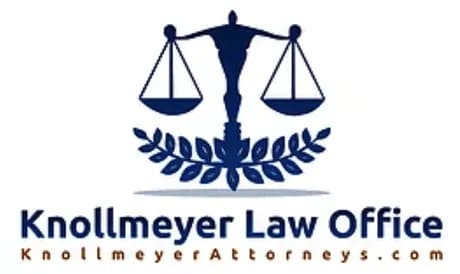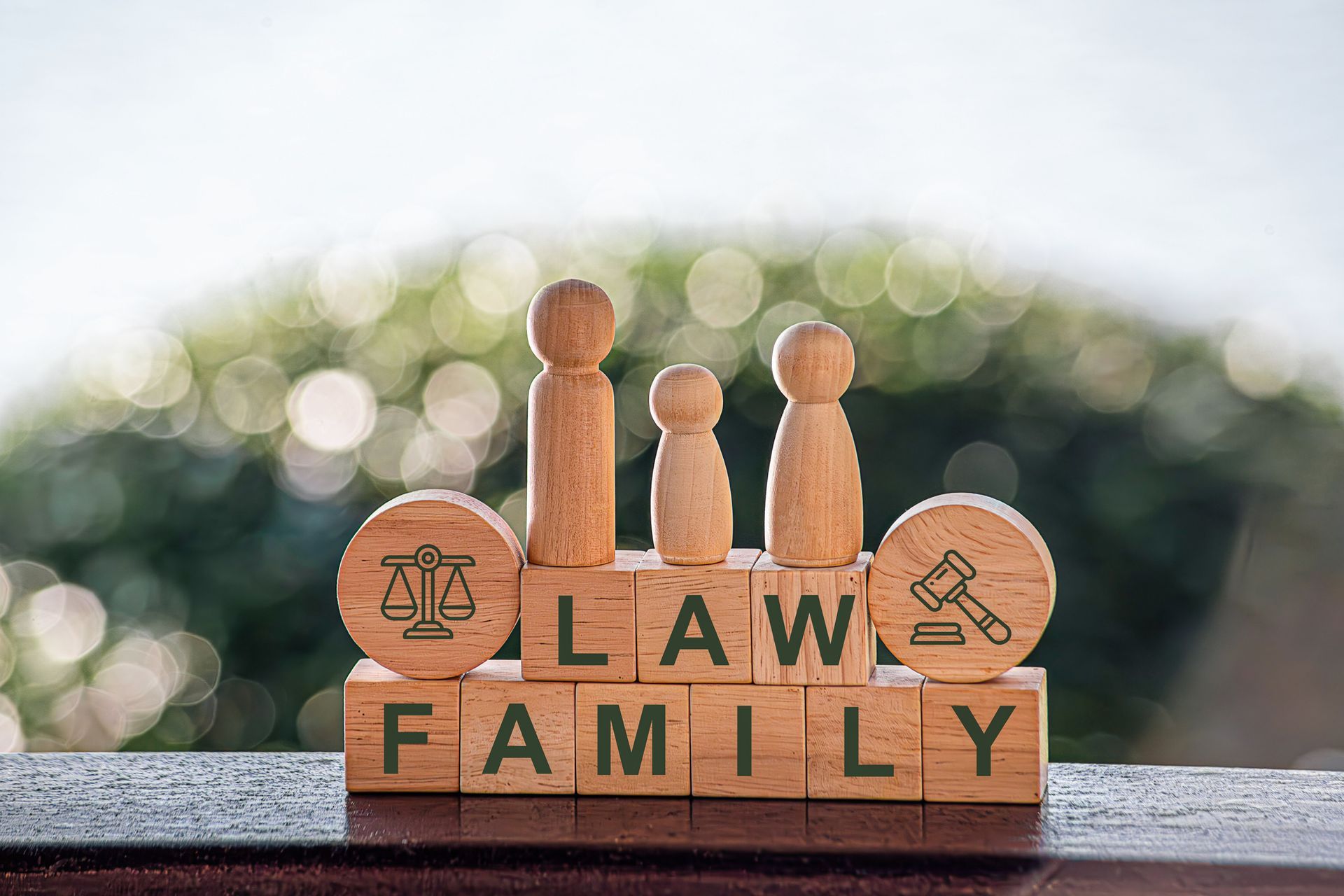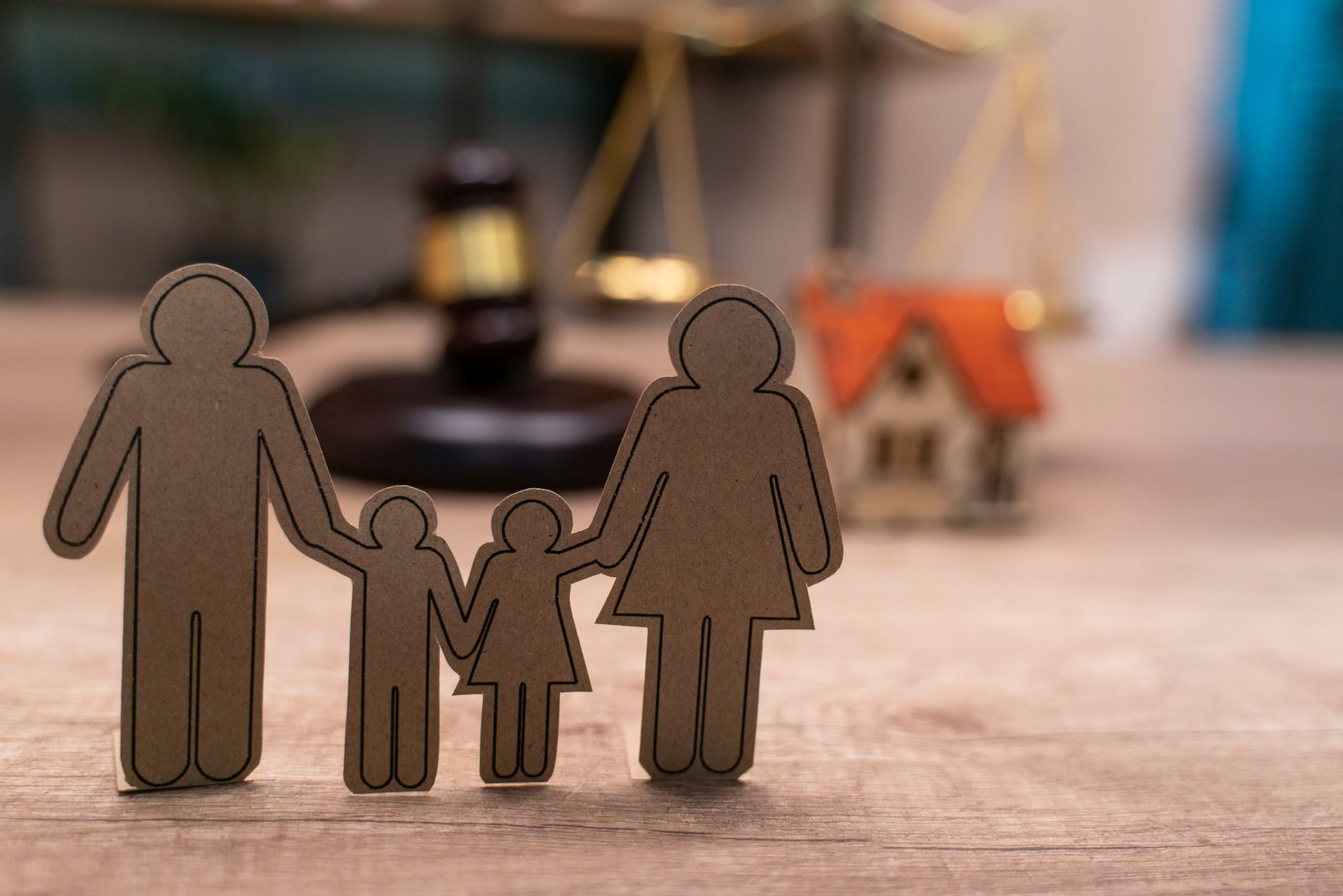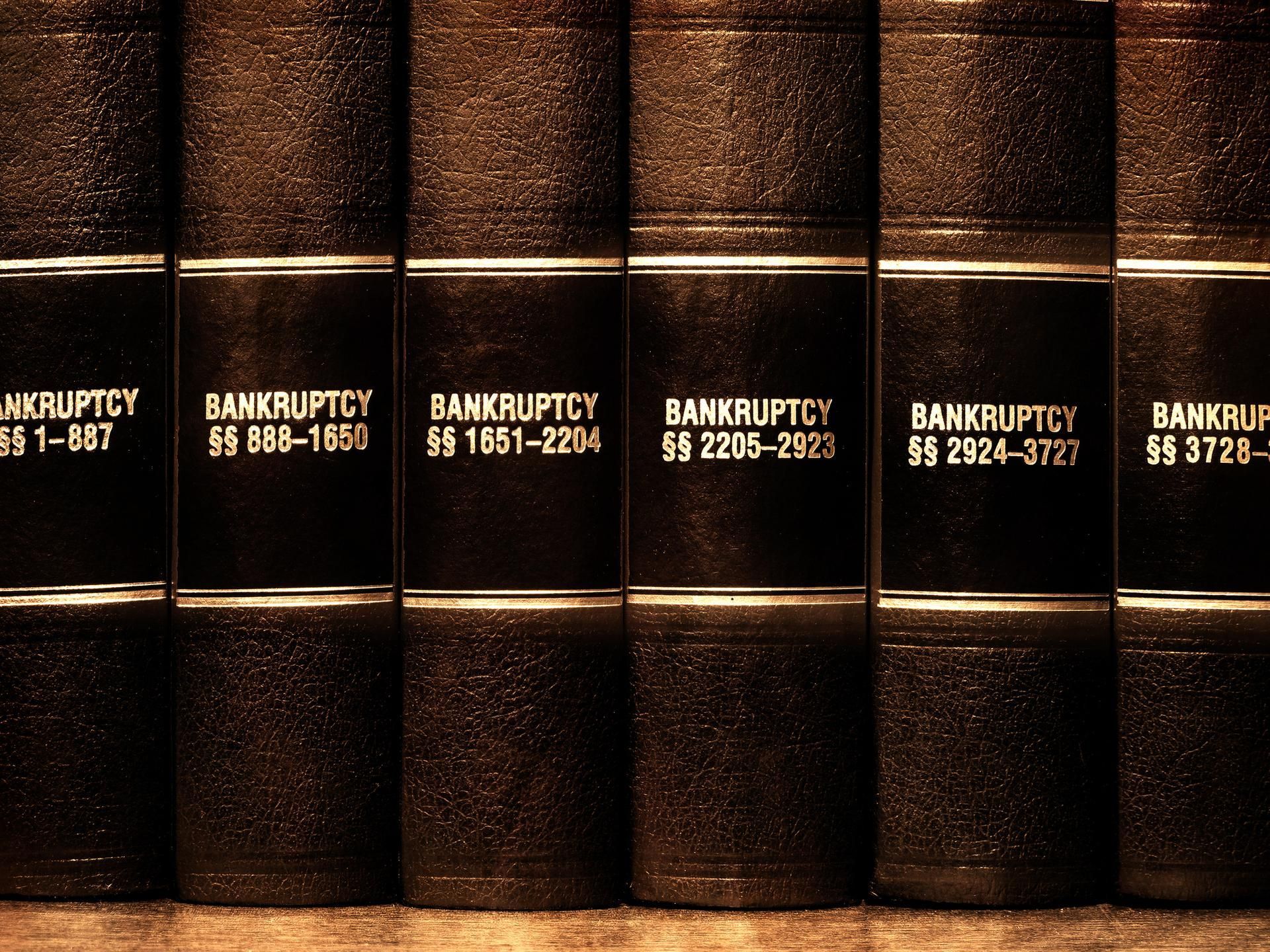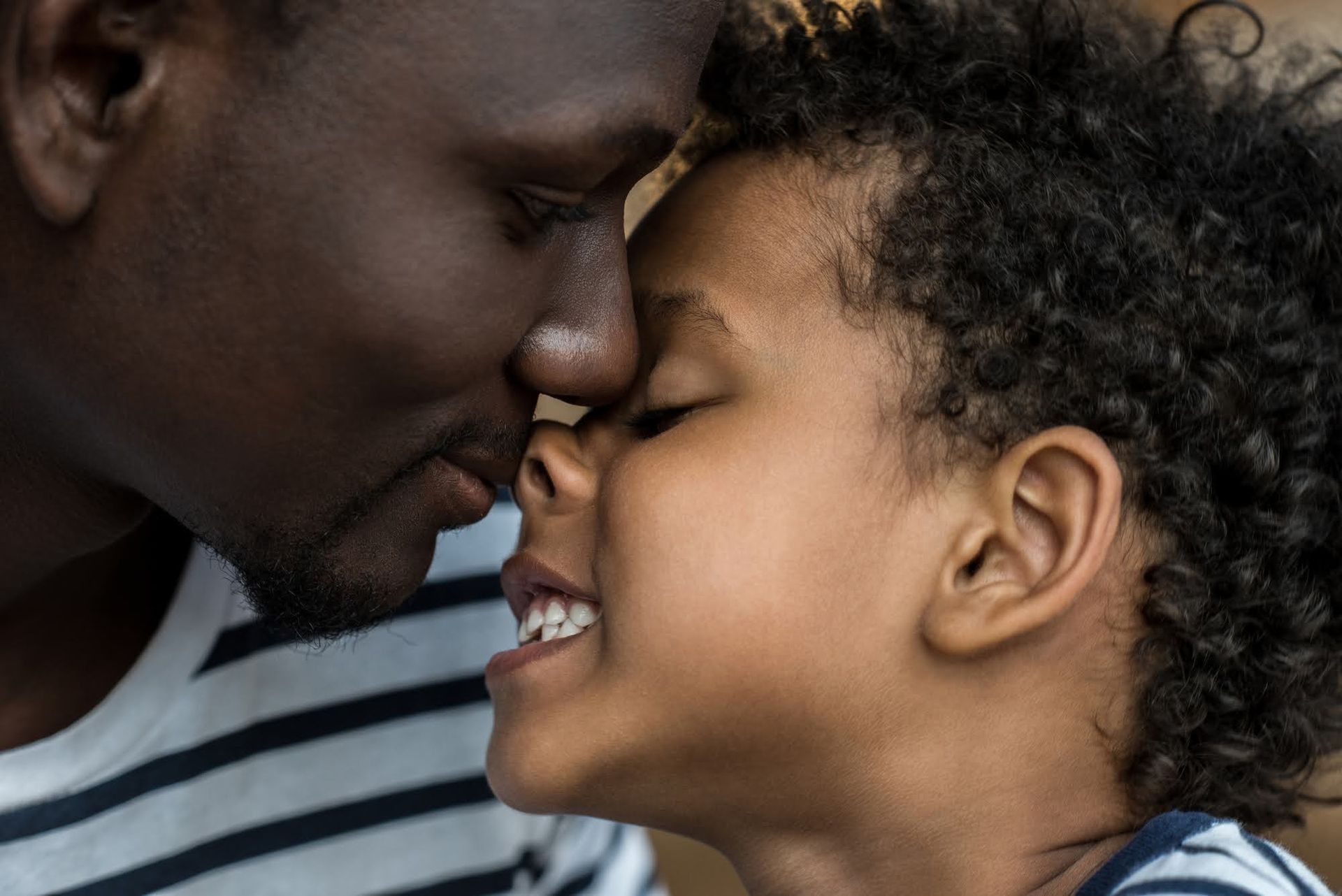Navigating Child Custody Arrangements in a Divorce

Divorce can be a challenging and emotional process, especially when children are involved. One of the most crucial decisions divorcing couples face is determining the best child custody arrangement. Different custody structures cater to various needs, and understanding each can help parents make informed choices for the well-being of their children.
Sole Physical Custody
With sole physical custody, one parent assumes the primary responsibility of housing and caring for the child. The other parent may still have visitation rights, but the child primarily resides with the custodial parent.
Pros:
- Stability for the child, as they stay in one primary residence.
- Can be beneficial in cases where one parent might not be fit to handle the responsibilities due to addiction, abuse, or other circumstances.
Cons:
- The child may have limited interactions with the non-custodial parent, which can impact their relationship.
- The custodial parent bears most of the day-to-day responsibilities, which can be taxing.
While sole physical custody might not be the right fit for every family, its benefits in ensuring stability and protecting the child's best interests in challenging situations cannot be overlooked.
Joint Physical Custody
Joint physical custody means that the child splits time between both parents' residences. The division doesn't have to be exact but aims to provide equal parenting time.
Pros:
- Allows the child to maintain strong relationships with both parents.
- Responsibilities of upbringing are shared, reducing the strain on one parent.
Cons:
- The child might struggle with the constant movement between homes.
- Coordination between parents is crucial, which can be challenging if communication is strained.
In essence, joint physical custody offers a balanced environment for children, allowing them consistent interaction with both parents and fostering shared responsibilities, making it a preferred choice for many families navigating divorce.
Sole Legal Custody
In this arrangement, one parent holds the right to make significant decisions about the child's life, including education, health care, and religious upbringing.
Pros:
- Decision-making is streamlined as only one parent has the final say.
- Beneficial in situations where one parent is deemed more capable or present in the child's life.
Cons:
- The non-custodial parent might feel sidelined or excluded from essential aspects of their child's life.
- It places a lot of decision-making responsibility on one parent.
Ultimately, sole legal custody provides one parent with overarching decision-making power, ensuring clarity in choices for the child's well-being, especially in situations where joint decision-making might not be feasible or in the child's best interest.
Joint Legal Custody
Both parents share the responsibility of making major decisions for the child. It requires cooperation and open communication between the parents.
Pros:
- Promotes active participation of both parents in the child's life.
- Decisions are made collaboratively, drawing on the perspectives and wishes of both parents.
Cons:
- Disagreements can arise, stalling decision-making.
- Requires effective communication, which might be challenging post-divorce.
Joint legal custody fosters collaborative decision-making, allowing both parents to have a voice in shaping their child's future and promoting a balanced approach to the child's upbringing.
Split Custody
In families with multiple children, split custody might be an option where each parent takes primary custody of one or more children.
Pros:
- Can cater to individual needs if siblings have vastly different requirements or relationships with their parents.
- Can ease the burden if one parent isn't equipped to care for all children.
Cons:
- Siblings are separated, which can strain their bond.
- May create feelings of favoritism or rejection among the children.
While split custody can be a fitting solution for certain families, it requires careful consideration to ensure the division doesn't disrupt the bond siblings share or complicate their emotional well-being.
Choosing the right child custody arrangement is paramount for the child's well-being and the parents' peace of mind. Each family's situation is unique, so it's essential to consider all options, understand their implications, and, if necessary, consult legal professionals to ensure the decision aligns with the family's best interests. If you're going through this process, seek guidance from Knollmeyer Law Offices to help you through it.
